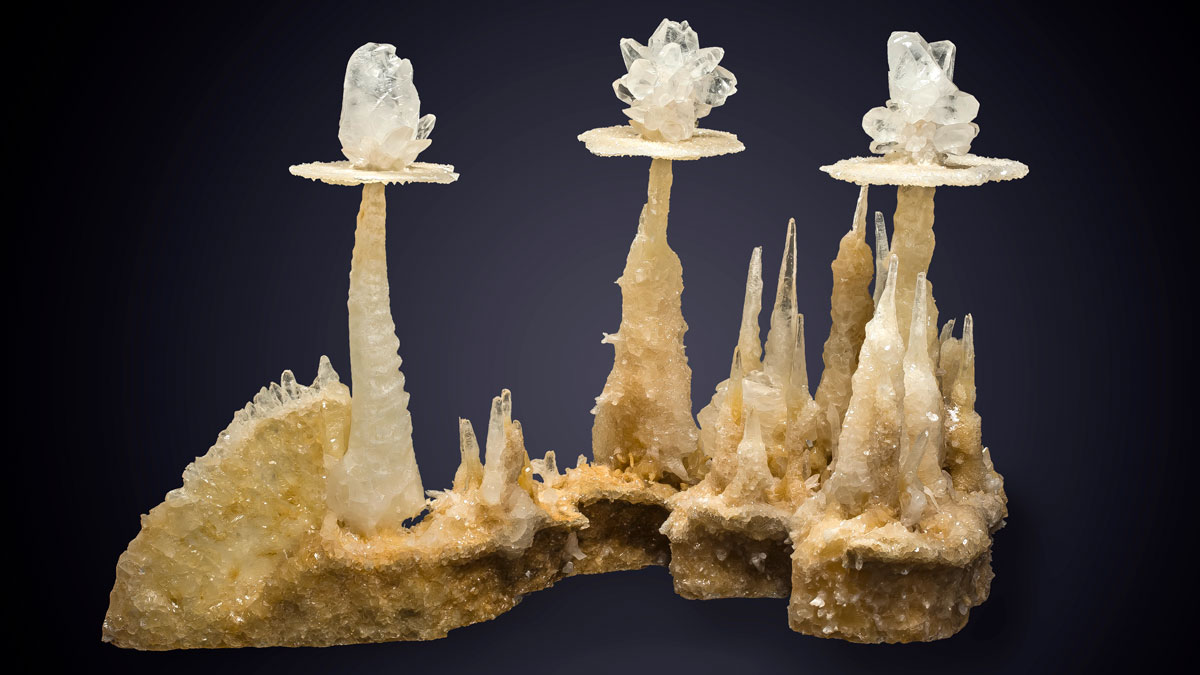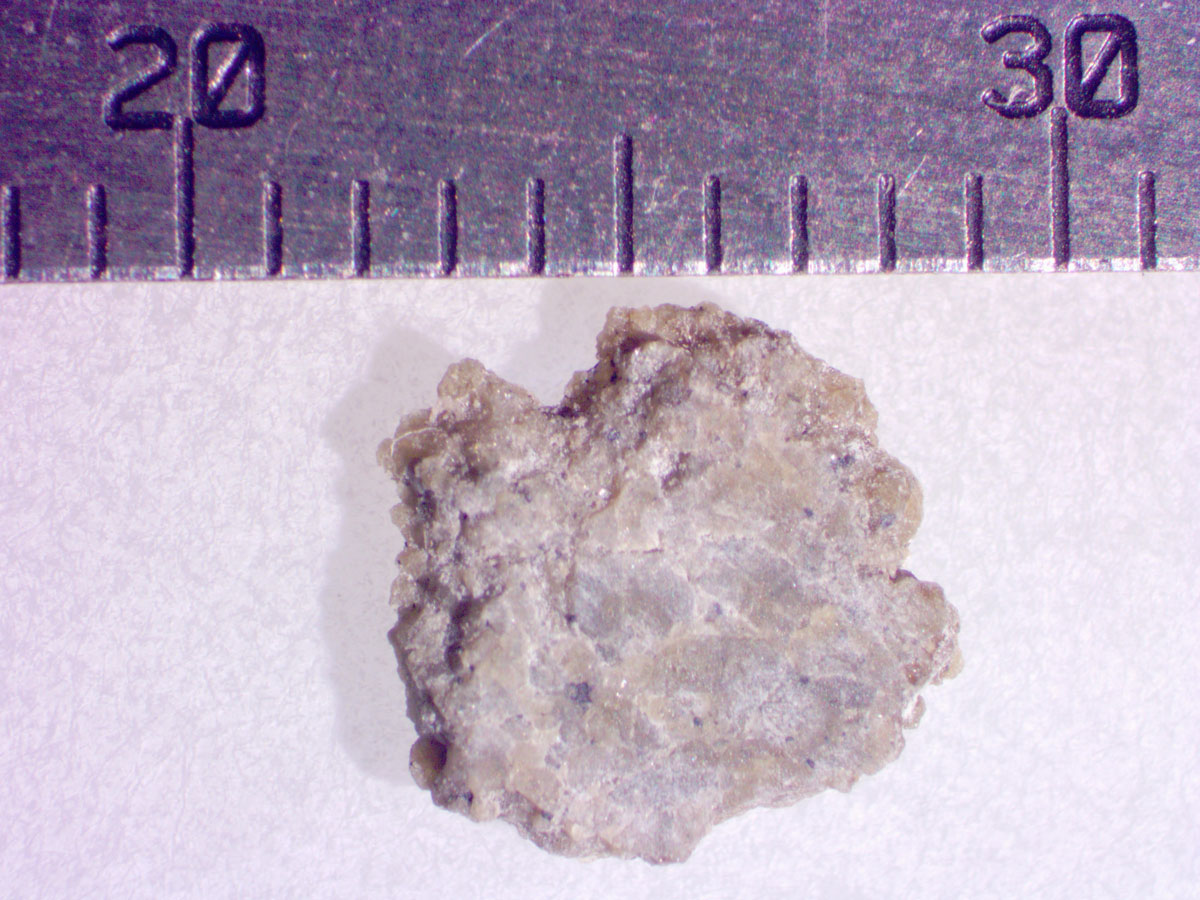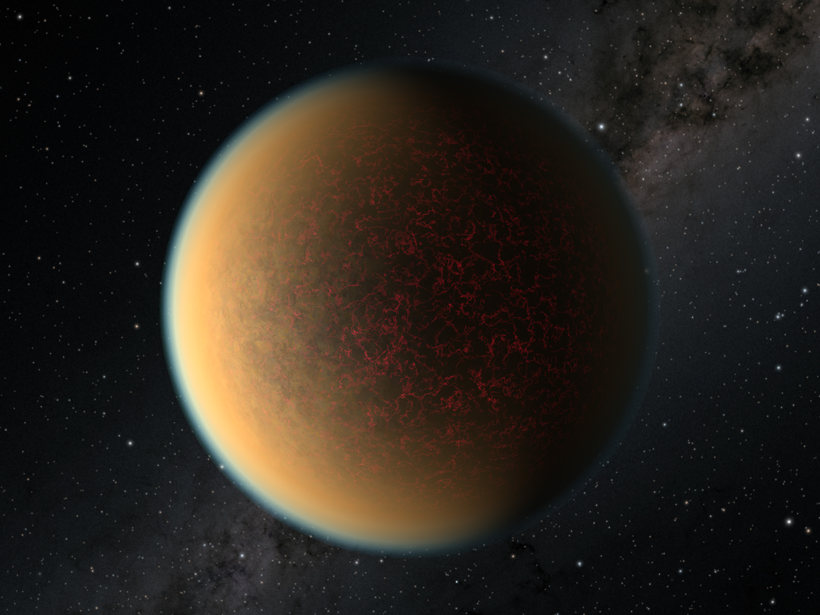Understanding how much water is in Martian magma is vital for understanding whether the Red Planet had seas in its early history.
planetary evolution
Swinging Strength of Earth’s Magnetic Field Could Signal Inner Core Formation
The magnetic record stored in rocks documents the liquid core’s behavior and possibly when the inner core formed. Whether it formed half a billion or more than a billion years ago, however, is up for debate.
Earth’s Lower Mantle Is Drier Than Previously Thought
Scientists have long known that the two layers of Earth’s mantle have different chemical compositions. Now, modeling shows that different water concentrations may keep them from mixing.
Martian Glaciers May Have Carved Its Valleys
Networks of valleys provide puzzling hints of running water on the surface of the Red Planet. New research suggests that some tributaries could have formed from icy sheets thousands of meters thick.
Sorting Minerals Differently Could Usher a New Era for Mineralogy
Grouping minerals by how they were formed yields insights into our planet’s evolution across billions of years.
Flipping the Sequence of Martian Formation
Analysis of the Chassigny meteorite suggests the planet acquired most of its interior volatiles from meteorites, not from the solar nebula.
A Glimpse at Planet Formation at the Dawn of the Solar System
The low density of Kuiper Belt Object Arrokoth sheds light on the formation of planetesimals in the early solar system.
Krypton Isotopes Provide New Clues to Planets’ Pasts
To trace how crucial ingredients for life arrived at Earth, scientists track noble gases. Now, improved methods are drawing new clues from krypton, the most cryptic of noble gases.
Giant Planet’s Formation Caught in Action
Astronomers took a direct image of a massive protoplanet embedded in a protoplanetary disk. The system provides strong evidence for an as-yet-unconfirmed theory of planet formation.
The Possible Evolution of an Exoplanet’s Atmosphere
Scientific sleuths explore data gathered trillions of kilometers away and put forth different, and often conflicting, ideas to reconstruct the gaseous envelope on a distant rocky exoplanet, GJ 1132 b.










